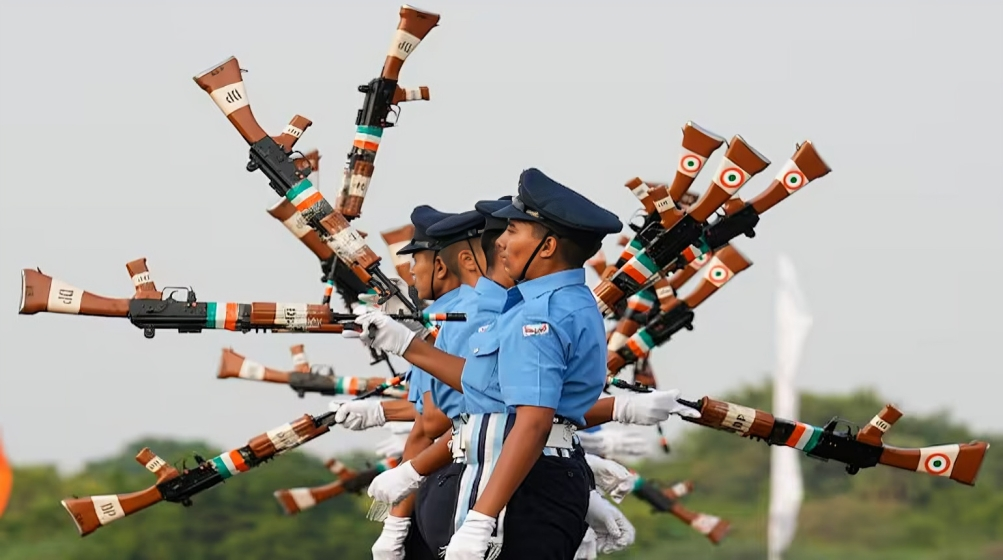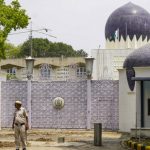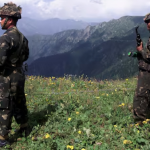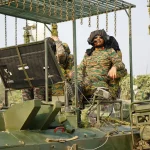In a remarkable display of courage and competence, 3,000 Agniveers—young soldiers aged barely 20 and recruited under the Agnipath scheme—stood at the frontlines of India’s air defence during the intense four-day Operation Sindoor, launched in response to the Pahalgam terror attack that killed 26 civilians. These Agniveers, trained within the last two years, were deployed across India’s western front and played a crucial role in thwarting Pakistan’s aggressive aerial assault involving missiles, drones, and loitering munitions between May 7 and 10, 2025.
Operating in critical trades such as gunners, fire control operators, radio operators, and missile transport drivers, the Agniveers manned advanced weapon systems, including upgraded L-70s, Pechora, Schilka, OSA-AK, Strela, and the Akash surface-to-air missile system. Many of them took down targets using shoulder-fired missiles and manned integrated nodes of the newly inducted Akashteer system—India’s indigenous air defence control and reporting network.
Akashteer, which forms a vital layer of the army’s air defence grid, allowed seamless detection, tracking, and interception of enemy threats. It was fully integrated with the Indian Air Force’s Integrated Air Command and Control System (IACCS), enabling fast and coordinated retaliation. This integration helped neutralize attacks aimed at strategic locations including Amritsar, Jammu, Chandigarh, and Bhuj, among others.
The Agniveers not only operated complex systems but also took on multiple roles such as communication handlers and sentries, showcasing their versatility under fire. Despite the short tenure and limited benefits offered under the Agnipath scheme—often a topic of political and public debate—the performance of these recruits during Operation Sindoor earned widespread praise from within the defence establishment. Frontline commanders confirmed their performance matched that of seasoned regulars.
Pakistan’s aerial onslaught, which included Chinese PL-15 missiles and Turkish-origin drones, was repelled in layers by India’s multi-tier air defence shield, which also deployed S-400s and the Samar retaliation system. Pakistan’s attempt to target the Golden Temple in Amritsar was also successfully foiled by India’s defence grid.
Operation Sindoor saw India strike back with precision against nine major terror camps and multiple Pakistani military installations, marking the most devastating blow to Pakistan since the 1971 war. In this historic moment, the Agniveers proved not only the value of their training but also redefined their role in India’s military future.













